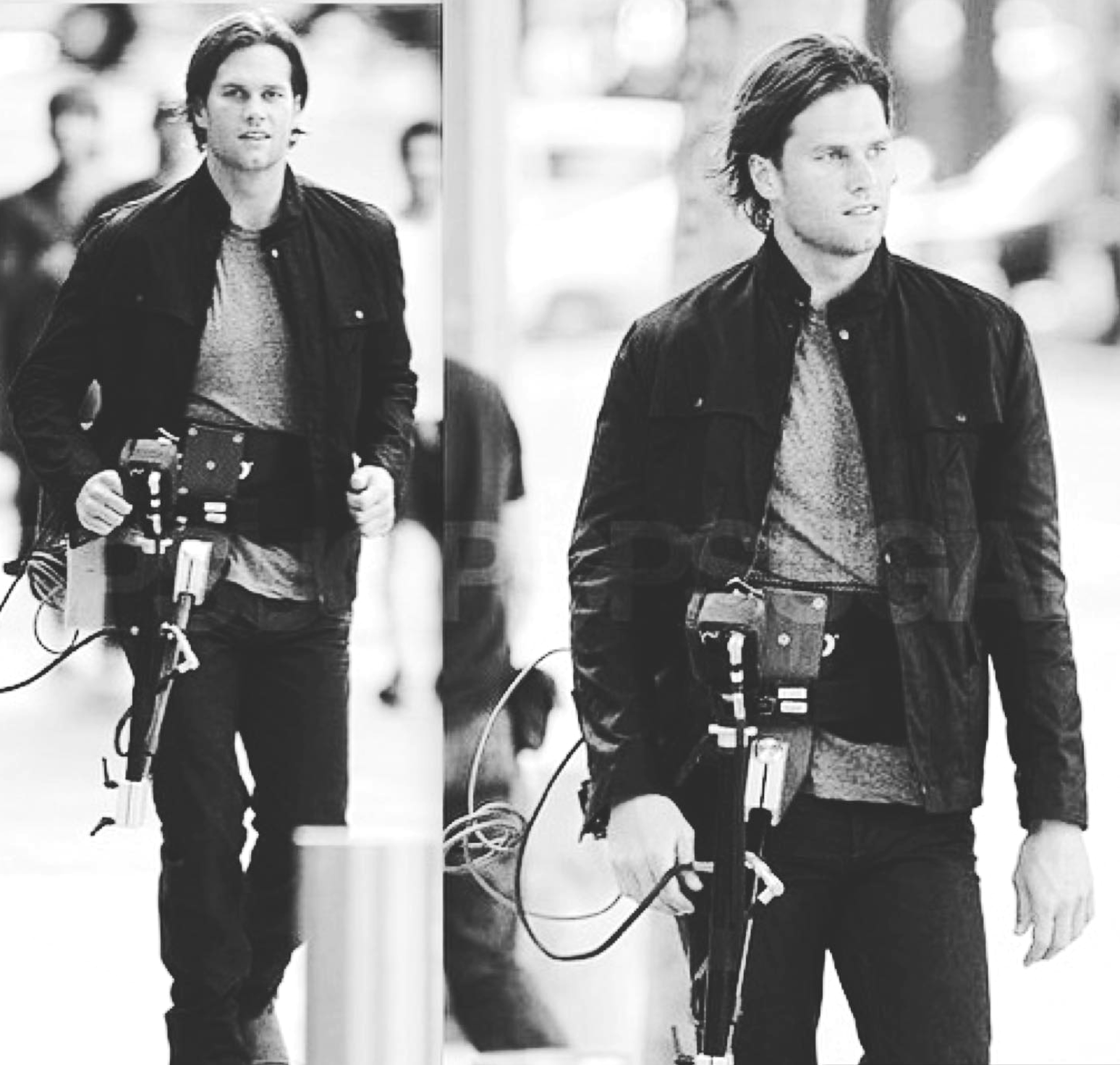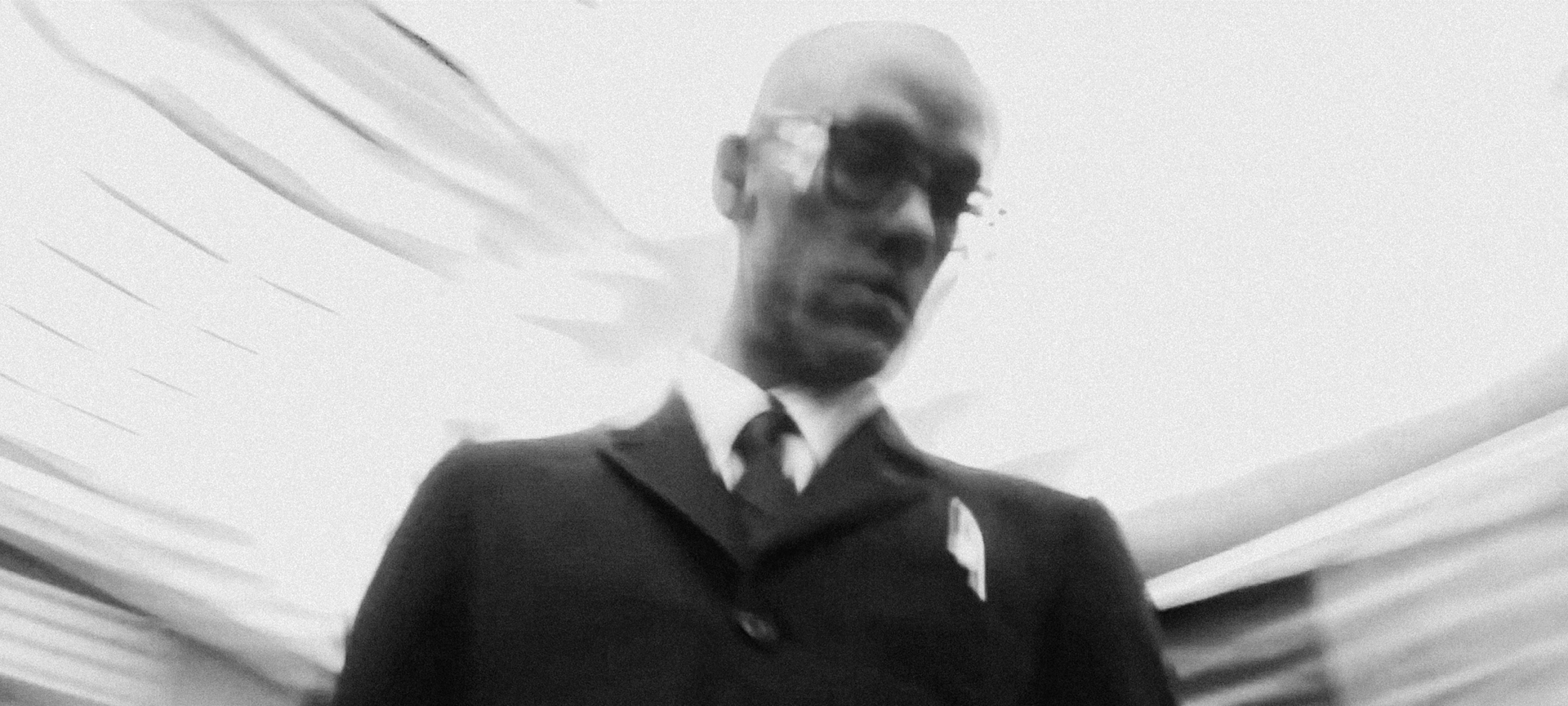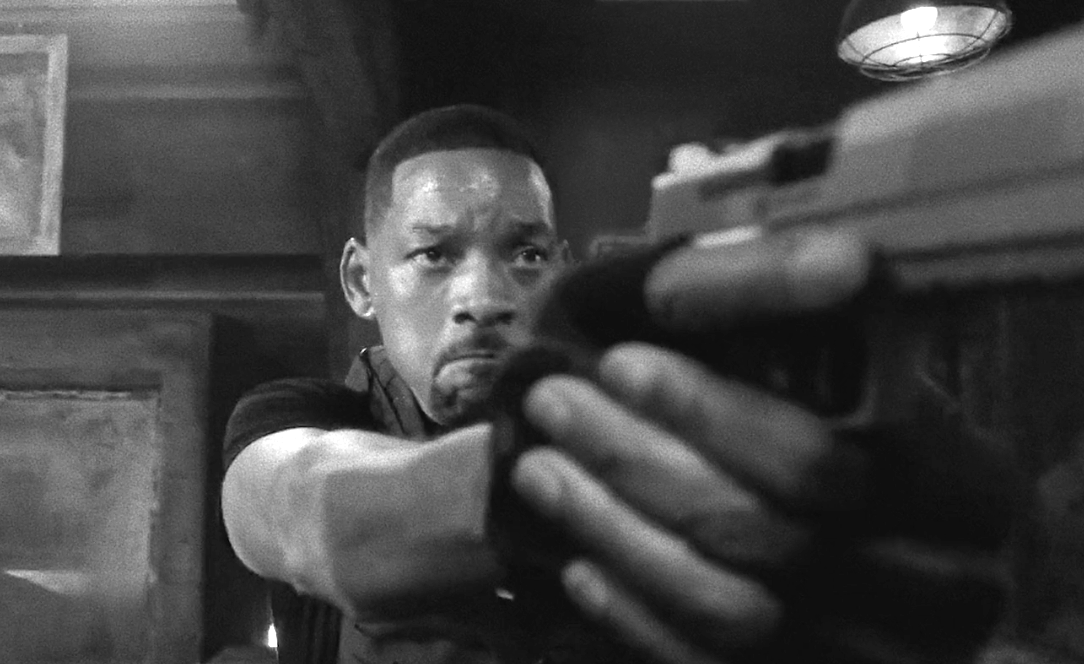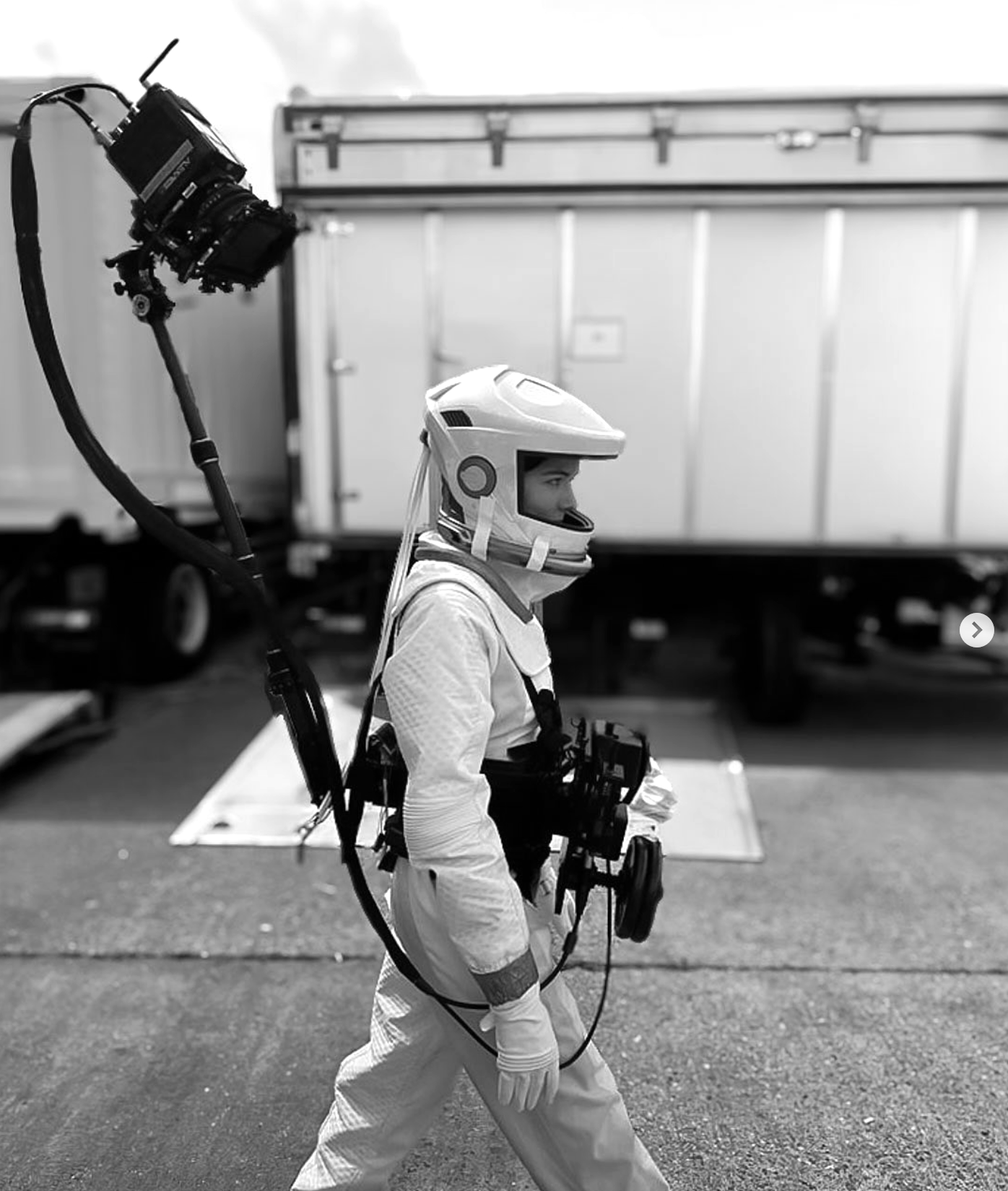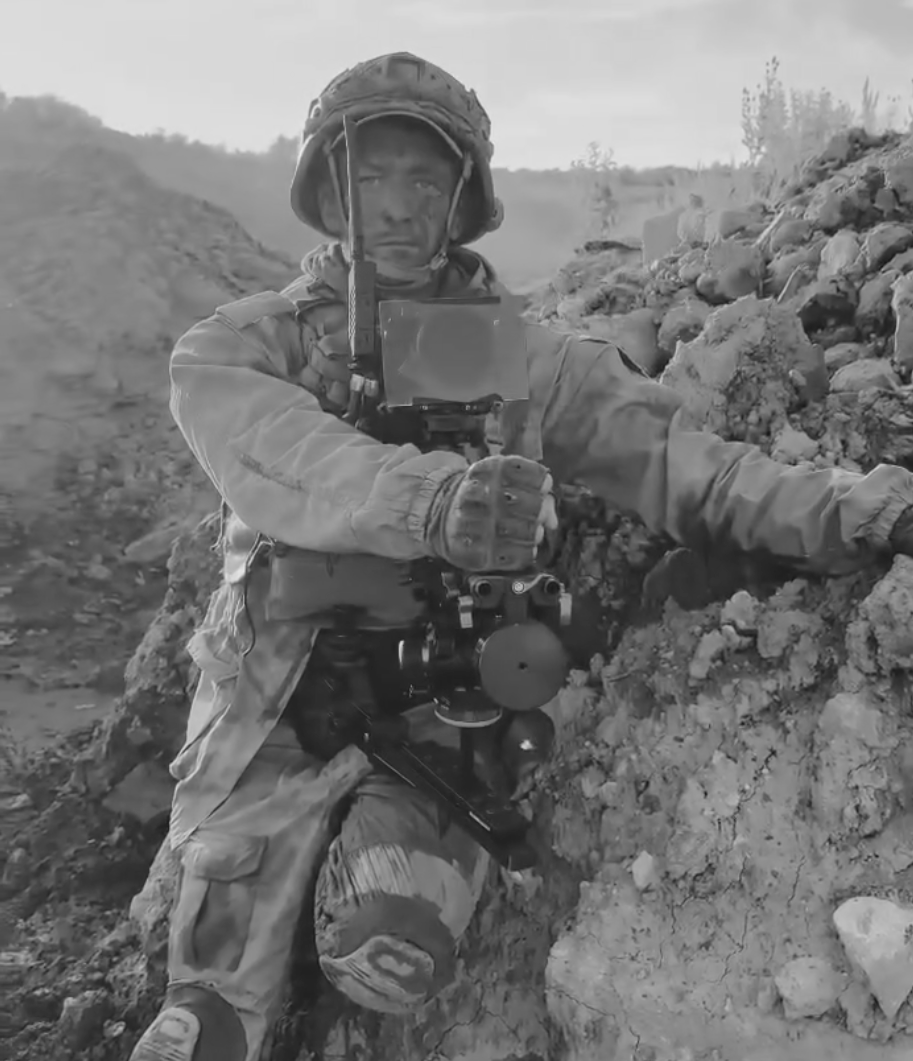SNORRI WHAT?
- CREATORS WILL CREATE -
THE SNORRICAM STORY
In the mid 90s the Snorri brothers built a camera rig for a low budget music video shoot for a east village all girl’s punk band. A friend of theirs, Eric Watson, was hanging out on the set and recognized the potential in the rig to use in a movie he was producing. He asked if he could borrow the rig to show to the director of the movie. The director decided it was the perfect tool to bring out an important characteristic of the movie they were working on. The director was Darren Aronofsky, the movie was Pi, the rig was the SNORRICAM™ and the rest is indie film folklore.
- CREATORS WILL CREATE -
THE SNORRICAM IS
MADE BY FILMMAKERS
The creators of the Snorricam are not brothers (but dont tell anyone). They met by coincidence at a breakdance competition in Reykjavík in 1985. Two teenagers with similar creative instincts formed a working partnership that would go on to span decades.
Their collaboration began with photography, gradually expanding into moving images. With each new assignment, they approached the work as a technical and creative challenge—always looking for ways to push themselfs and execution further.
After gaining recognition in Iceland for their distinctive visual style, Eiður Snorri and Einar Snorri relocated to New York in 1995. Traveling by container ship, they arrived with the goal of working in international editorial photography. Within a year, their work appeared in SPIN, Interview, and other leading publications. Their subjects included Green Day, Soundgarden, Björk, and the Wu-Tang Clan.
In their spare time, however, they pioneered the animated-still technique that would become one of the hallmarks of their motion work. This led to the development of the style seen in their music video for R.E.M.’s “Daysleeper,” composed of over 10,000 photographs. This project marked their transition from photographers to directors, and opened doors in the commercial and music video industries.
Today, Eiður and Einar split their time between Los Angeles and Reykjavík. Their work continues to evolve across disciplines, with a consistent focus: creating tools and imagery that allow cameras—and those behind them—to see the world from new perspectives.



